Vintage Tribal Kilim Runner 3' 2" x 10' 4" (38" x 124")
Type:
Kilim RugsCollection:
Tribal RunnersID:
K0077505Size:
Material:
The designs feature a rich array of symbols representing tribal culture and Anatolian motifs, often in the form of medallions, diamonds, and other geometric shapes.
The designs feature a rich array of symbols representing tribal culture and Anatolian motifs, often in the form of medallions, diamonds, and other geometric shapes. These kilim runners are ideal for hallways and narrow spaces, offering a touch of ethnic charm and artisanal quality to any interior.
Herki kilims not only serve as functional floor coverings but also as artistic expressions of tribal identity, making each rug a unique cultural artifact.
Design Elements
- Shape and Patterns:
- The runner features elongated geometric forms that give it a sense of verticality.
- Diagonal lines and zigzag patterns create a sense of movement and flow.
- Central diamond and hourglass motifs repeat throughout the design, drawing the eye towards the center.
- Texture:
- The kilim is flatwoven, presenting a smooth surface with intricate patterns.
- Use of natural fibers adds to its tactile nature, giving a handmade feel.
- The weaving technique, combination of warp and weft, showcases craftsmanship and durability.
- Borders:
- Edges are often defined with contrasting colors or fabric dips that frame the main design elements.
- Border motifs may include smaller patterns that complement the central designs, creating a cohesive look.
Colors
- Color Palette:
- The use of earthy tones including reds, browns, and ochres creates a warm and inviting atmosphere.
- Contrasting colors such as cream enhance visibility and bring depth to the motifs.
- Subdued pastels, such as soft purples, provide balance and reduce visual strain.
- Symbolism of Colors:
- Red symbolizes strength and passion, often used to energize a space.
- Brown represents stability and connection with nature, grounding the design.
Main Motifs and Symbolism
- Diamond Shapes:
- Diamonds symbolize fertility and prosperity, often seen in various cultures’ textile art.
- Represents balance in life and the importance of the earth’s resources.
- Hourglass Forms:
- Hourglass motifs signify the passage of time and the cycles of life.
- They represent adaptability and the idea of renewal.
- Zigzag Lines:
- Zigzag patterns often signify the journey of life with its ups and downs.
- They are thought to ward off negative energy or spirits.
Summary
The vintage tribal kilim runner features a rich assortment of geometric shapes and vibrant colors, representing various cultural significances. Its primary motifs, such as diamonds and hourglass forms, convey themes of fertility, balance, and the cycles of life. The carefully chosen colors not only enhance aesthetic appeal but also encapsulate deeper meanings, creating a narrative that weaves together craftsmanship and symbolism.
- Ships in 1-4 business days
- Only one in stock, handmade, unique
- Free shipping via FedEx Express. Easy returns
- Contact us or add a note to your order if you want us to delay your shipping.
- Request more info if you want this rug shorter or narrower
Colors may appear slightly different across various monitors due to screen settings device differences, and external lighting conditions. If color accuracy is important for your space, we recommend viewing the rug on multiple devices or contacting us for a detailed color description. We can provide detailed photos and references using Sherwin-Williams, Benjamin Moore, Pantone, or even Crayola crayons.
You can also visualize most of our products in your own room with AR (augmented reality) on an iPhone or iPad.
Return Policy
Need a rug pad? We recommend RugPadUSA
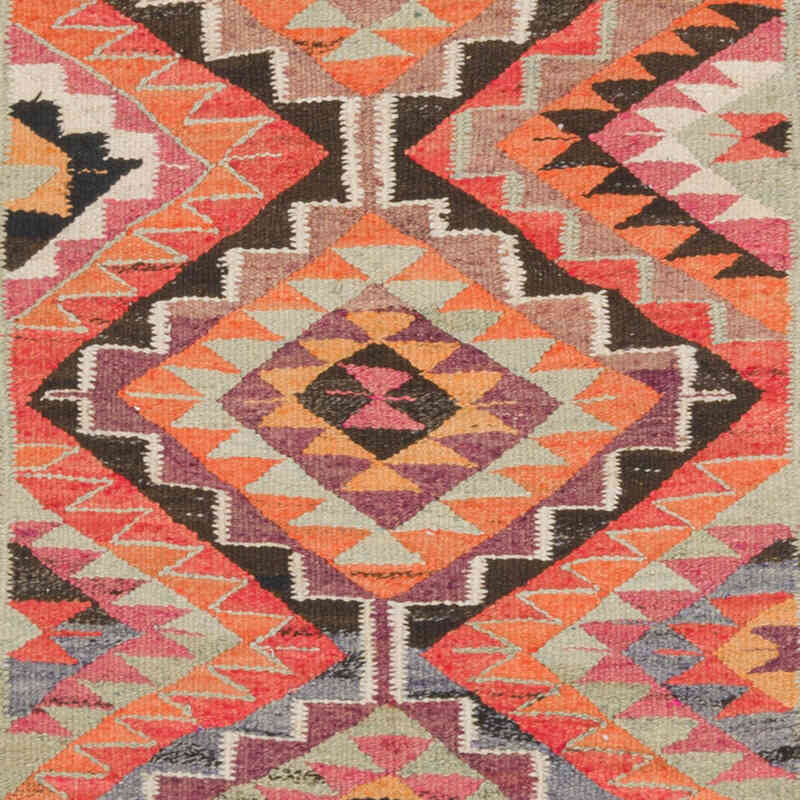
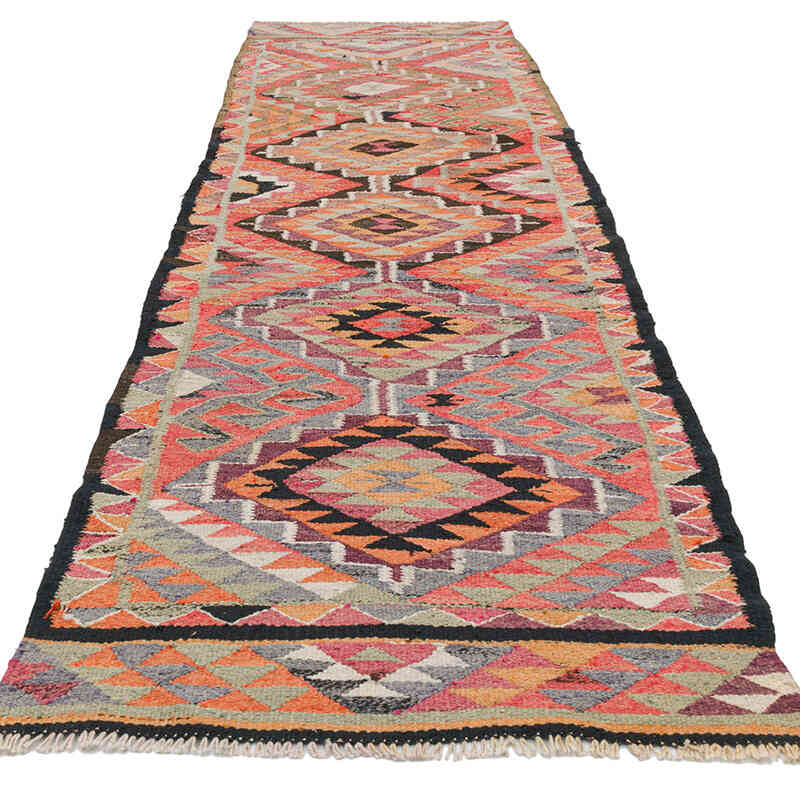
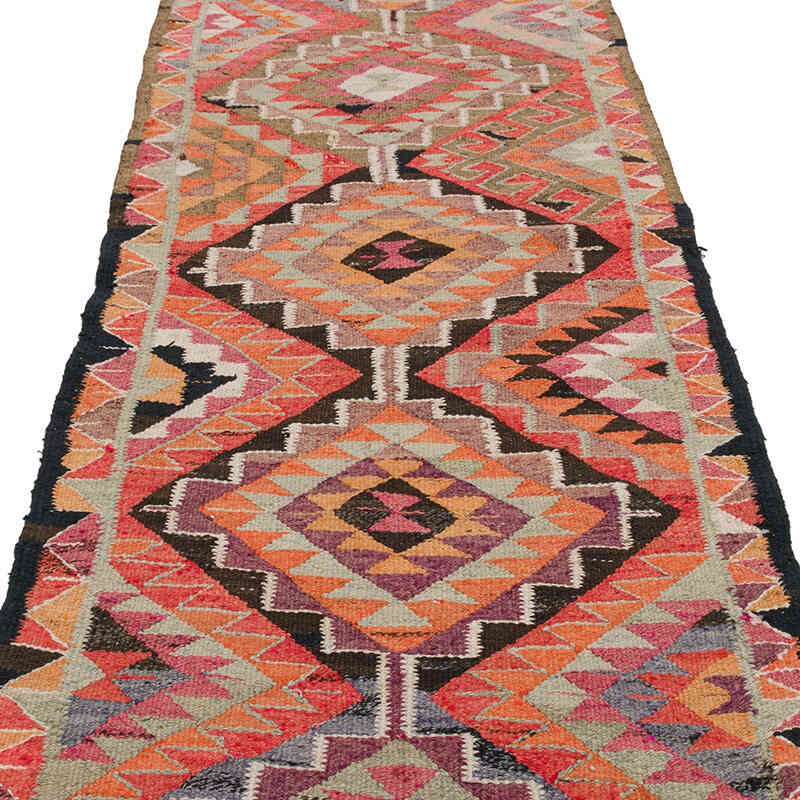
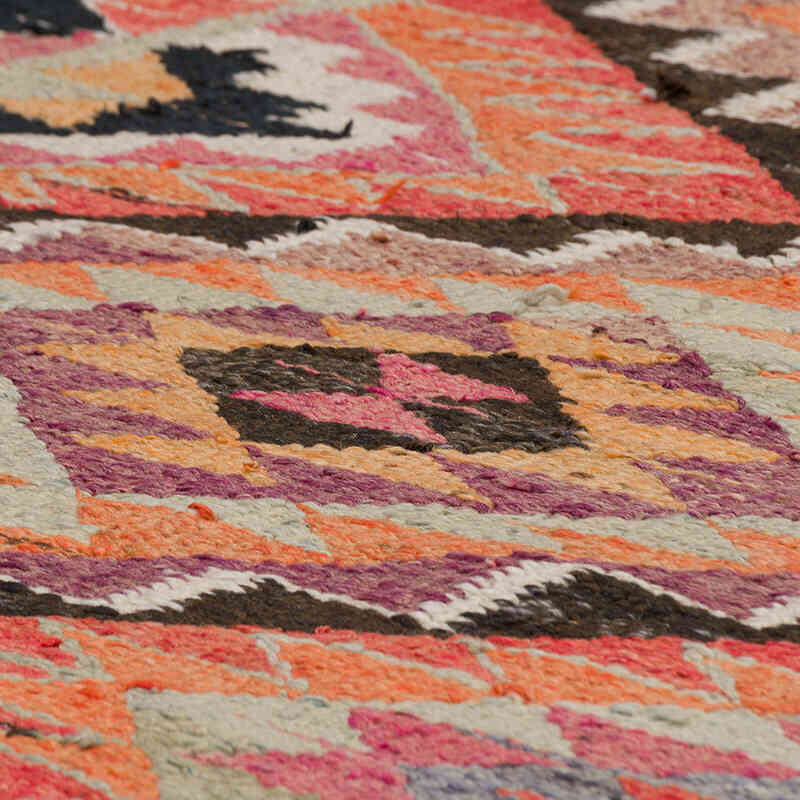
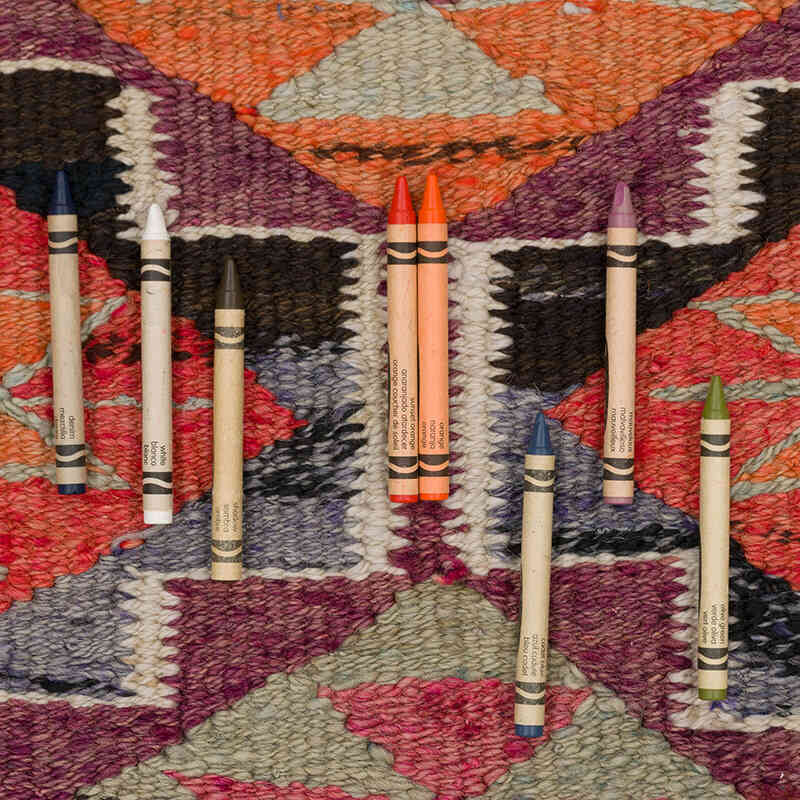
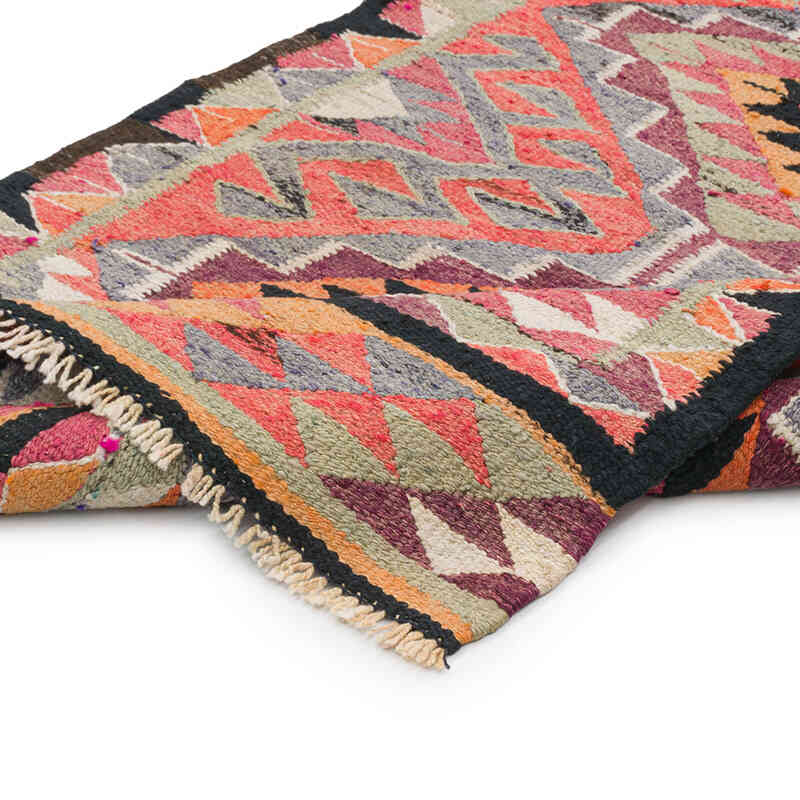
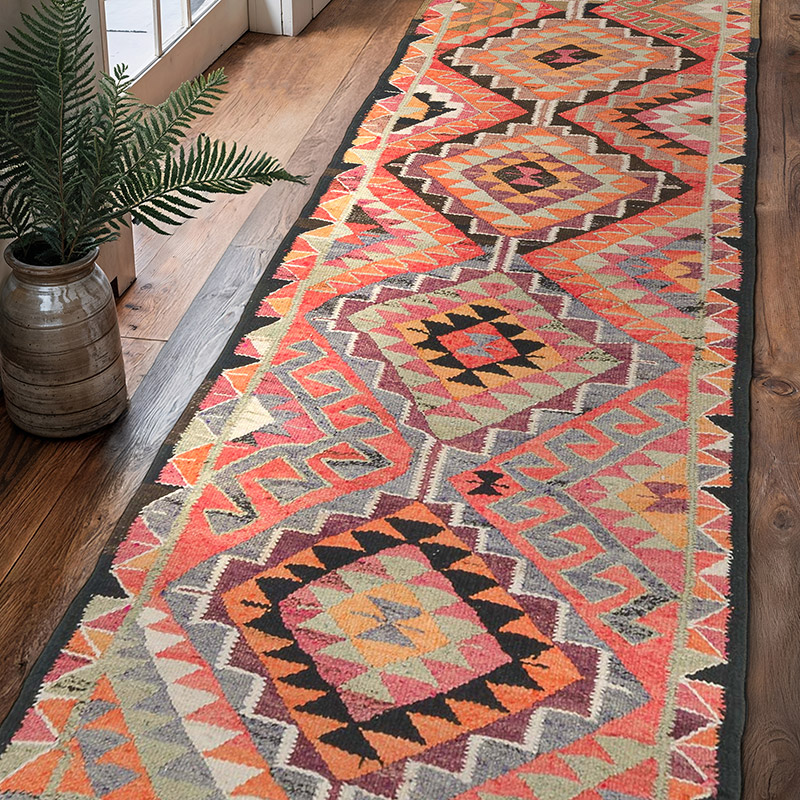




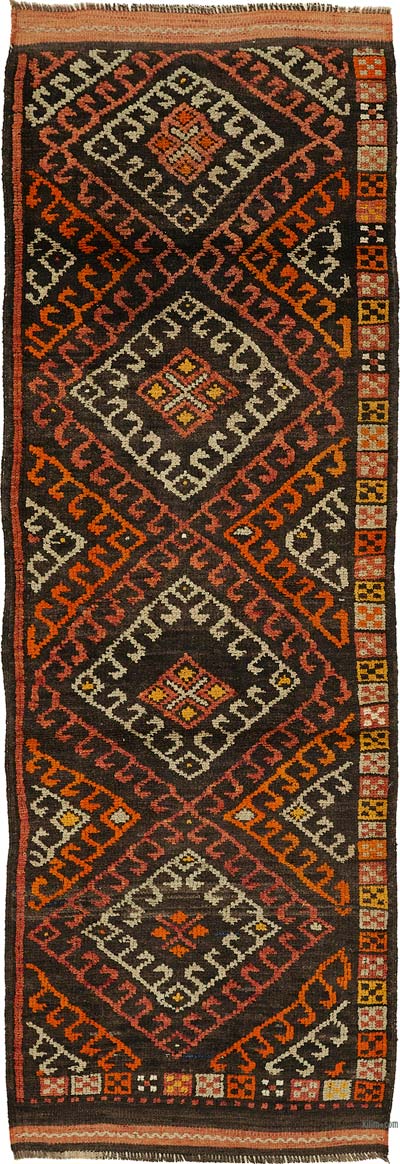











Quick service